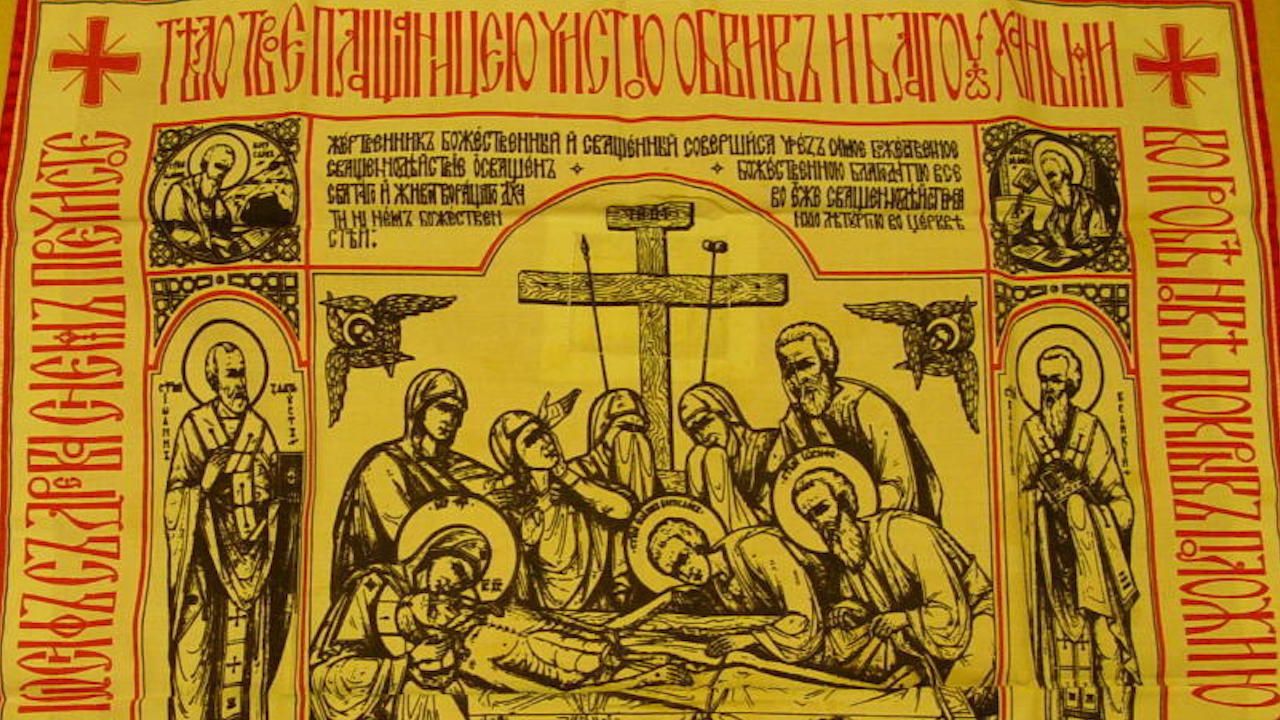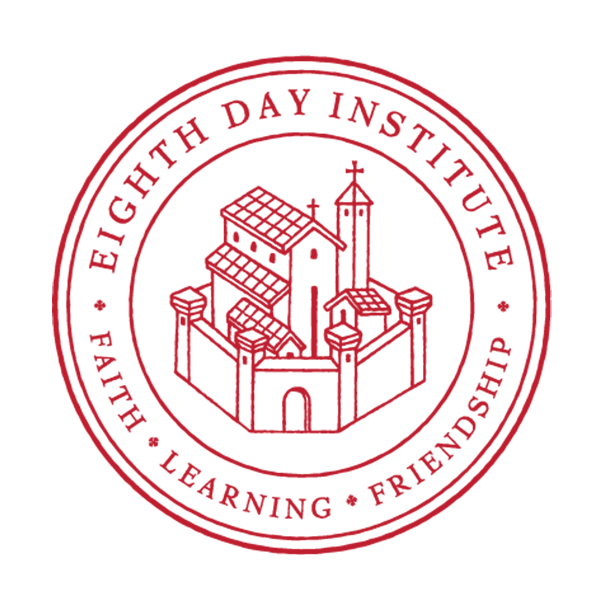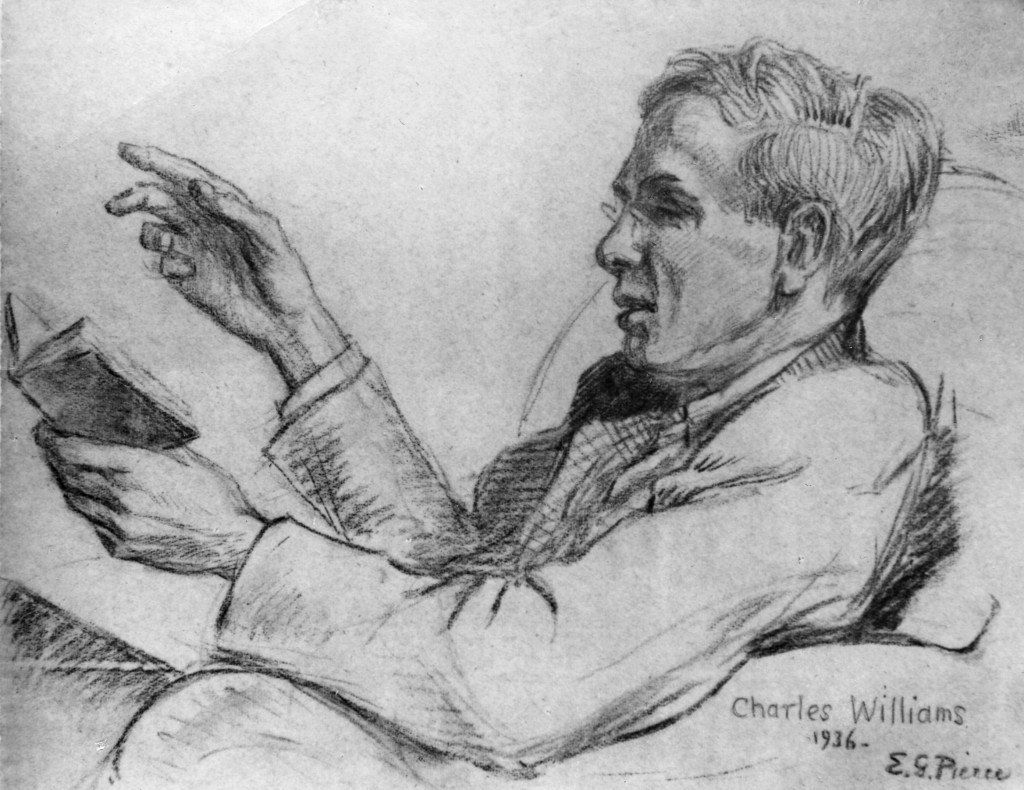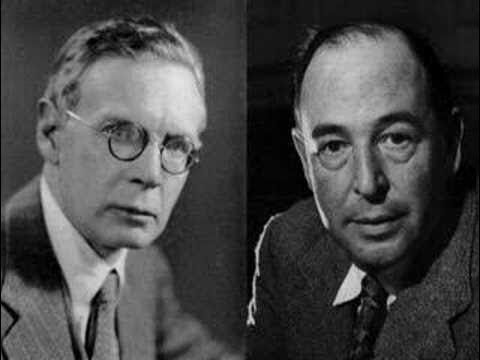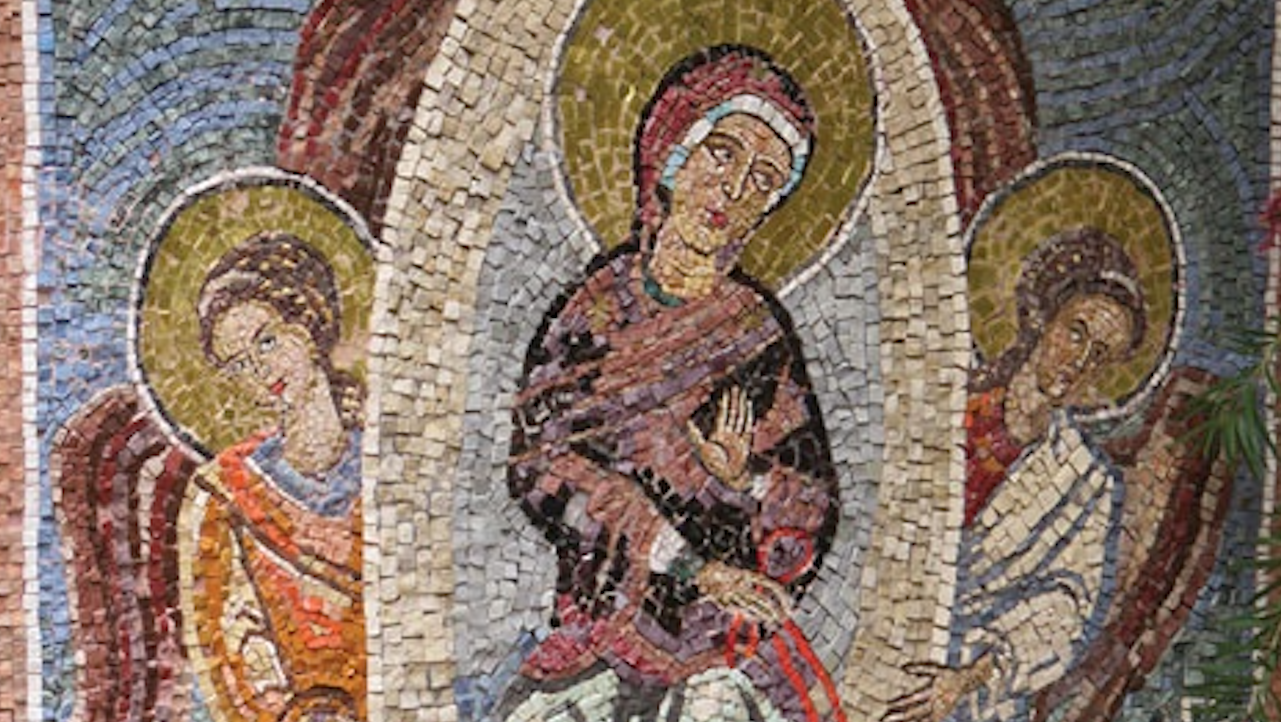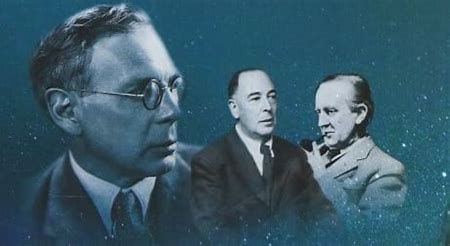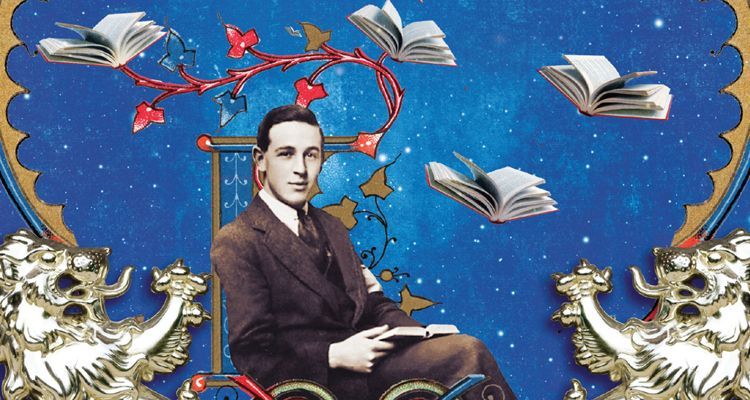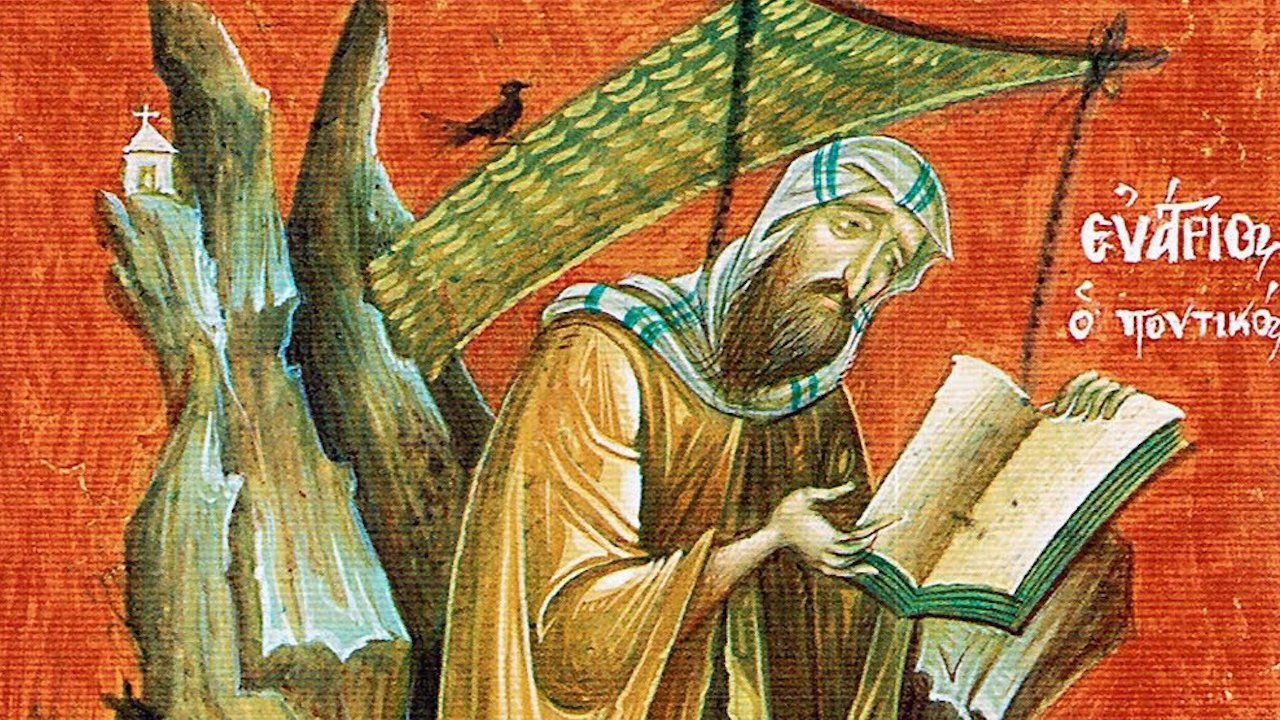Russian Orthodox Antimension
We, believers, must pose anew the following questions: What exactly are holy relics and what are the content and meaning of the dogma of the veneration of holy relics?
It is necessary to point out that this dogma had not received a doctrinal definition at any of the ecumenical councils. It has not been the object of any special deliberation, but, like many important dogmas of the Church, it has been accepted through the Church’s practice. It is simply that the veneration of holy relics became universal from the very beginning of the Church’s existence, so natural was this veneration, responding to the direct emotion of the believer’s heart. And the struggle to preserve holy relics from desecration and destruction began very early, since even then pagans and the synagogue sought to destroy relics, while Christians preserved and venerated them. The rule according to which the liturgy is celebrated upon relics, sewn for this purpose into the antimension (from Greek word for “instead of the table,” the antimension is one of the most important furnishings of the altar in the Orthodox Christian liturgical tradition. It is a rectangular piece of cloth, either linen or silk, typically decorated with representations of the entombment of Christ, the four Evangelists, and scriptural passages related to the Eucharist. A small relic of a saint is sewn into it.), and according to which the holy altar has holy relics at its foundation, this rule became a part of the Church’s practice early on and was confirmed by the Seventh Ecumenical Council.
At that time it was the remains of saints, and primarily of martyrs, that were considered to be holy relics; and of course no one considered them to be incorruptible in the sense of the complete preservation of the whole body, since parts of these remains had to be rescued from fire, from water, from amphitheaters. Furthermore, it was customary to divide these remains and to distribute their parts, with each part evidently being considered as an entire relic, i.e., as representing the entire body, in the same way that every particle of the Holy Eucharistic Gifts contains the Body and Blood of Christ. Clearly, this custom does not originate in the notion of the incorruptibility of holy relics in the sense of their physical indestructibility. In general, the attribute of incorruptibility, which has been advanced to the foreground in modern times, was not emphasized then: At most, one spoke then only of the incorruptibility of certain
relics, since this attribute was clearly inapplicable to their most important and broadest category, that of the holy martyrs. The holiness, not the incorruptibility, of holy relics was at the center of how people understood them.
We are not able to say exactly when and how the attribute of physical incorruptibility advanced to the forefront and occupied such an inappropriate place. In Russia, this was due to the combined result of inferior seminary theologizing and official hypocrisy, which intentionally obscured the actual state of things and reinforced a too easy belief that could just as easily become disbelief. In the people’s view, all holy relics were venerated as incorruptible bodies; and, perhaps in an effort to conform to this veneration, holy relics were intentionally given the form of an integral body even when such a body did not exist. Of course, there have existed (and exist) such cases where holy relics remain incorruptible by God’s will. However, if the essence of holy relics consisted in physical incorruptibility, we would then have to consider as relics not only Egyptian mummies but also bodies preserved in the ground as a result of particular soil conditions (so-called natural mummification); and one would also have to recognize that certain remains of great saints, universally venerated by the whole Church, are not holy relics. […]
There is no debate that, among wide circles of the people, as well as among enemies of the Church (at least those who are sincere and do not lie), there is agreement that incorruptibility, i.e., preservation of the entire body from decomposition, is an essential attribute of relics. However, it has never seemed possible to apply this attribute to all relics, since there have always been saints whose relics either have not been preserved at all, or whose relics have been preserve only in parts, and sometimes only in very small parts indeed; but this has in no wise diminished the veneration of these saints. Furthermore, even the bodies of saints that have been preserved incorruptibly have sometimes been subject to partial decomposition; and here, evidently, quantitative distinction does not have any significance. It is sufficient for corruptibility to appear in a single finger for the entire attribute of incorruptibility to be voided. Finally, there have been cases where remains that showed no traces of incorruptibility were venerated as holy relics. Thus, “incorruptibility,” understood as the absence of obvious signs of decomposition, could be either present or absent. We admit that this attribute is most natural and proper to the bodies of saints, so that the opposite case represents an anomaly that requires special explanation; nevertheless, it is clear that the essence of holy relics does not consist in their incorruptibility; the latter constitutes only a derivative attribute.
In general, one must reject the notion that holy relics have inalienable physical attributes; such do not exist. Usually, in the act of glorification of a saint (canonization), the reasons for the glorification are enumerated. First among these is incorruptibility, followed by verified miracles such as (medially unexplainable) healings and other suchlike miracles of the physical
order. Even without mentioning the fact that such physical miracles cannot be indisputable and, moreover, always have an asylum ignorantiae
[refuge of ignorance], i.e., a possible explanation on the basis of natural laws that are as yet unknown; even without mentioning this, it is clear that both miracles and incorruptibility are only reasons for the glorification, not its cause; the cause wholly and uniquely consists in the holiness and Spirit-bearingness of the glorified saint. […]
What constitutes the meaning of the dogma of relics, and what are holy relics? It is likely that, in a certain portion of our Church community (and possibly even among the clergy), there exists a skeptical and indifferent attitude toward this question. These members of the community would prefer to be as silent as possible regarding this question in order to avoid extraneous scandals: The veneration of holy relics is thought to be an unnecessary superstition, which can be, and in essence must be, avoided. The entire weight of historical slanders against the veneration of holy relics, together with our contemporary blasphemous attitude, presses on the frail consciousness of such members of the Church community and inclines this consciousness to take the broad path – to divest itself of superfluous and unnecessary doctrines and of the practice of corresponding to them. Of course, it is difficult to pre-decide what sort of divestment is desired: Perhaps there is a readiness here to divest all sacraments from the Church and to leave nothing except a Protestant service of the word. But those who in fact do not desire to go so far, but only wish to eliminate the veneration of holy relics, must take clear account of the fact that all things are connected organically in the Church teaching, and that it is impossible to remove a single part of it. And, in particular, the veneration of holy relics is most ultimately connected with the fundamental dogma of Christianity – with divine Incarnation for the sake of our salvation. The deification of man, Christian human-divinity
(if it is permissible to use this phrase), is the basis of the veneration of the saints, as well as of their bodily remains, holy relics.
God became man in order that man become God: God’s humanization has as a direct consequence the deification of man, gives to man an ontological foundation. Between heaven and earth, between God and man, an eternal ladder was erected after Christ went both downward and upward with His flesh as, with Him, did His Most Pure Mother. After the descent of the Holy Spirit, grace ceaselessly flows into the world, and the world becomes a receptacle of divine powers. This outpouring of powers is accomplished by means of holiness, which itself is produced by this outpouring; in the divine liturgy, in sacraments, it nourishes, warms, and preserves the world and man. All sacraments in the strict sense, and also all holy acts that are usually not called sacraments, represent a ceaseless bringing-down of this power into man. All and sundry immediately tell us that this is a spiritual power, and that one can and must speak only of birth in the Spirit, of service in the Spirit. This word and notion “spiritual” has been endlessly abused in all epochs (and perhaps it has been abused most eagerly by those who do not believe in the existence of any spiritual principle in man). One must state this simply, directly, and briefly: Although an eternal, immortal, and divine spirit lives in man, man himself is by no means a spiritual (i.e., only a spiritual) being; he also has a body and is therefore a spiritual-bodily being. Man is not an angel; rather, he is man, a cosmic being, a cosmos, an anthropocosmos; and nothing cosmic is alien to him or (one must emphasize) can or should be alienated from him.
How can one understand this inseparability of the spiritual and the cosmic, this mystery of the creation of man? There is perhaps no answer to this. That is how things are. And the human spirit does not know any life except human, i.e., cosmic, life. In man and through man circulate constantly and continuously all the powers of the universe, of which he is the center; in him, for him, and through him, the world is created, and all of his actions are not only spiritual movements, but also cosmic actions. He is capable of turning to God from the world, but God, who created him, does not take him out of the world, but only fills him with His power. This ontological essence of man contains the reason why, in the divine liturgy, in the mysterious side of the Church, there is manifested that which is called – at times with censure, and at times defiantly – religious materialism.
Although the life of the Church, which is concentrated in sacramental acts, always involves spiritual life, it never separates in man the spirit from his essence. There is no sacrament of spirit, although all sacraments have a spiritual nature and are accomplished in the spirit, and this is the case simply because man is man, not a spirit. And this is most directly, clearly, and essentially expressed in the sacrament of Holy Eucharist, where the Lord gives Himself in His Body and Blood. The spiritual bread, the heavenly food, is also bodily bread and food; by no means does the spiritual sacrament become incorporeal – rather, it is corporeal to the highest degree, corporeal par excellence. So many disputes and misinterpretations were provoked by the Eucharist debates, in which there was a lack of will to fully accept and understand man’s ontological essence, the fact that he is not a spiritual being but a spiritual-corporeal being, the fact of his anthropocosmicity, which is why everything that involves man and, first and foremost, the divine food offered to him, the Holy Eucharist, must also have such a nature, must be theo-anthropocosmic, never breaking the ontological bond by which man is united with the world – for, to break this bond, to introduce spiritual, anticosmic sacrament, would be to destroy man and the world with him. But, as the Lord says about Himself, He came not to destroy the world but to save it. Therefore, in the gracious life of the Church, all that is spiritual is corporeal; all that is divine has flesh, is human, for man is man-god – all that is spiritual is material, is clothed in a body. Therefore, we perform all the sacraments having at our disposal a certain material of the sacrament – bread and wine, oil, myrhh, water, and, in the extreme case, word and touch. Therefore, we “sanctify” or “bless” water, icons, temples, and so on; and that, in general, is why we have holy things, holy places and objects. And that is also why we venerate holy relics.
To find suspect or to reject the veneration of holy relics on the basis of considerations of false spiritualism, i.e., to separate the relics from their possessors or bearers, is to reject both the humanity of the saints and one’s own humanity. If the saints are holy, then their remains – their relics – are holy too; and these remains must be reverently preserved and venerated; in them and through them we address the glorified saints; by kissing them, we show our love for these saints. All that is human is not spiritual in the anticosmic sense; rather, it is cosmic, incarnate, has flesh, butt his flesh is not dead matter, for it is permeated and sanctified by spirit, and that is why all sacraments, inasmuch as they are human, have, for man, matter and body – they are cosmic, they are human. That which is not cosmic, that which is abstract or negatively spiritual – is void, does not exist. And the opposite is also true: that which is only material, not spiritualized, lifeless – does not exist, is not human. In man, all that is material is alive, connected, unified.
Sacrament is the union of the human-cosmic with the divine-supramundane. God’s power descends into the world and transforms it at definite moments and points, filling it with another life. Man is incapable of understanding how that which is creaturely and cosmic can be united with that which is self-sufficient and supracosmic; but this is what constitutes the power and mystery of sacrament. In the end, all particular questions concerning sacraments are reducible to a single, universal, and fundamental question – the question concerning the divine Incarnation of Christ the Savior: How is this Incarnation possible? For in Him, in Man, the whole fullness of divinity was made incarnate bodily. And sacraments are continuing and ceaselessly ongoing divine Incarnations; they represent the deification of the creature, a deification that was accomplished once in universal form at the descent of the Holy Spirit. This power is given to the Church by Christ and is ceaselessly sustained through holiness, which brings down the divine force. Sacrament transubstantiates the cosmic and makes it transcendent in relation to the world, in relation to itself; the nature of the cosmic becomes an incarnate antinomy, because, on the one hand, its “matter” is necessarily cosmic, belongs to this world (otherwise the sacrament would not be accomplished, for it must have an object, is accomplished in the world and above the world) and, on the other hand, it makes the matter transcendent in relation to itself.
*Excerpted from "On Holy Relics" in Relics and Miracles (Eerdmans, 2011), pp. 3-10.
